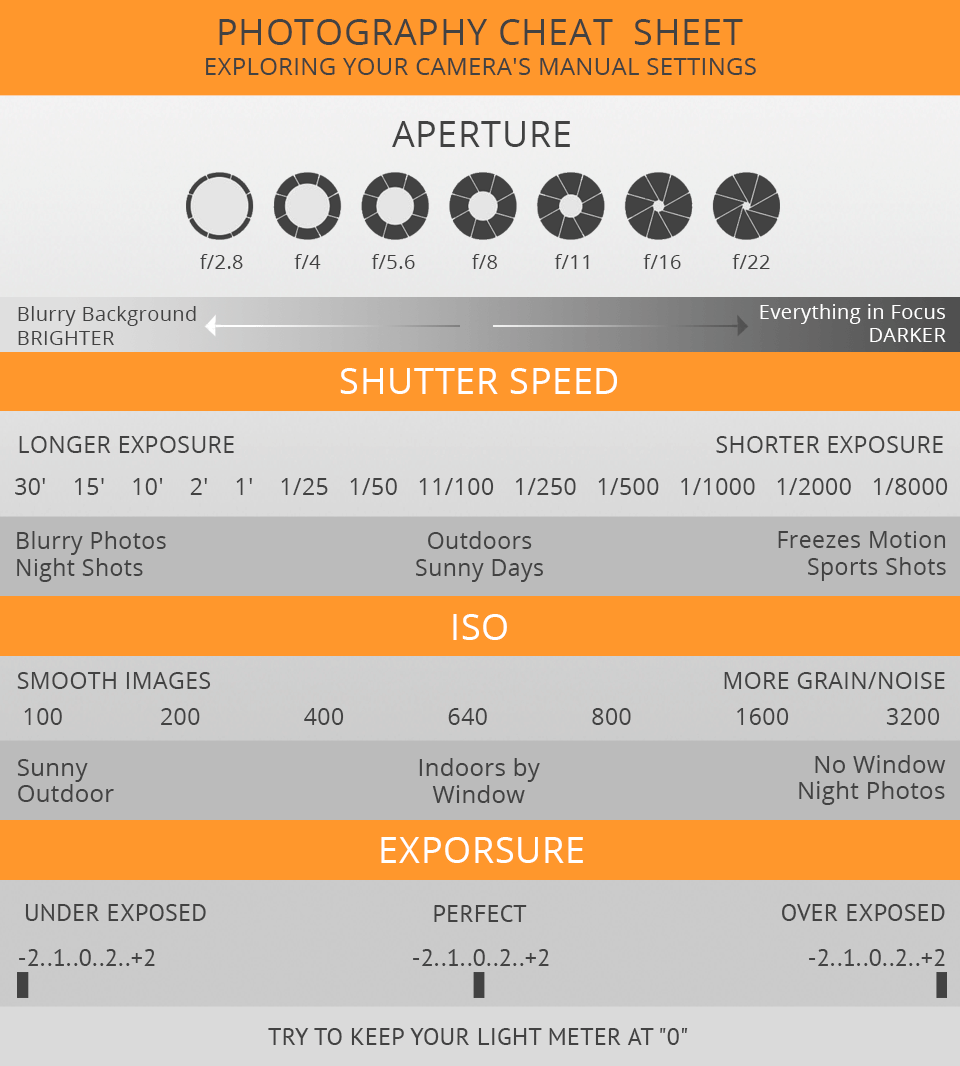What Every Professional Photographer Needs To Understand About Lighting
What Every Professional Photographer Needs To Understand About Lighting
Blog Article
Material Create By-Futtrup Fraser
As a photographer, you know that lighting can make or break your photos. Comprehending the subtleties of both natural and artificial light is vital for catching the mood and clarity you aim for in your job. Whether you're chasing after the best gold hour glow or fine-tuning your fabricated setups, mastering these elements can boost your digital photography dramatically. Yet there prevail pitfalls that several neglect, and recognizing them can change your method to every shoot. Let's explore what https://telegra.ph/Easy-Ways-To-Improve-Your-Portrait-Digital-Photography-01-07-2 may be missing out on and just how it can impact your outcomes.
Comprehending All-natural Light
Comprehending all-natural light is critical for any digital photographer wanting to boost their job. It's the structure of fantastic photography, influencing mood, tone, and clarity. When you fire outdoors, take note of the moment of day. The golden hour-- quickly after dawn and before sunset-- provides soft, cozy light that can change average scenes right into spectacular images.
Do not ignore the power of overcast days. Cloud cover diffuses sunshine, creating a soft, even light that's perfect for portraits and macro digital photography. You'll locate shades pop in this type of illumination without severe darkness.
Positioning issues, also. Always consider your subject's alignment to the light source. If the sunlight's behind your topic, you might end up with a shape, which can be significant however mightn't be what you desire. On the other hand, straight sunshine can create unflattering shadows.
Explore angles; sometimes, altering your perspective can produce fantastic results. Usage all-natural reflectors, like water or sand, to jump light onto your subject, adding dimension.
Mastering Artificial Light
Grasping synthetic light is important for professional photographers that want to take their skills to the following level. Whether you're making use of speedlights, workshop strobes, or continual lights, understanding exactly how to control these resources can drastically enhance your images.
Start by familiarizing yourself with the basics of light quality, instructions, and color temperature. Explore various modifiers like softboxes, umbrellas, or grids to regulate the softness or violence of the light.
You'll locate that soft light frequently produces complementary outcomes, while harsher light can include dramatization and deepness. Do not avoid darkness; they can enhance the three-dimensionality of your subjects.
Pay very close attention to the positioning of your lights. A light located too near to your subject can produce unflattering outcomes, while too far away can bring about a lack of detail. Utilize a light meter or your video camera's histogram to guarantee you're subjecting appropriately.
Lastly, keep in mind that fabricated light can be blended with ambient light for innovative effects. Stabilizing these sources might take practice, once you master it, your digital photography will genuinely radiate.
Techniques for Different Scenarios
When you step into different capturing scenarios, adapting your lighting methods is important for capturing the most effective images. For outdoor pictures, make use of the gold hour-- early morning or late afternoon light-- to soften darkness and improve skin tones.
If it's a harsh noontime sun, consider utilizing a reflector to bounce light back onto your subject or seek shaded locations for a more even exposure.
In low-light circumstances, like indoor occasions, increase your ISO and use a vast aperture to let in even more light. A tripod can help get rid of electronic camera shake, allowing for longer exposures without obscuring.
If you're contending night, experiment with off-camera flash to produce vibrant lights and depth in your pictures.
For product photography, use diffused lights to prevent rough representations. Professional headshot photographer or light outdoors tents can aid attain this result.
When photographing landscapes, consider the instructions of light and time of day, as it can drastically transform the mood of your shot.
Always prepare to readjust your setups and positioning based on the circumstance, as versatility is essential to mastering lighting in digital photography.
Final thought
In conclusion, mastering lighting is key to boosting your photography skills. Welcome all-natural light's elegance throughout gold hour, and don't shy away from explore fabricated light techniques. By adjusting your approach to various scenarios, you'll capture magnificent pictures that reverberate with feeling and clarity. Keep in mind, the appropriate lights can change a normal shot into something extraordinary, so keep exercising and fine-tuning your understanding of both natural and man-made light. Delighted capturing!
